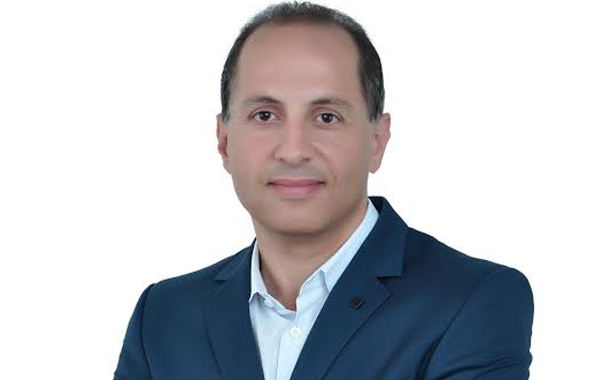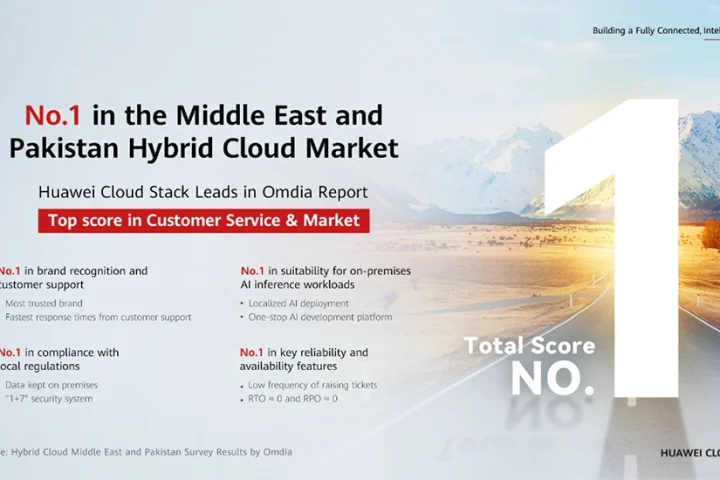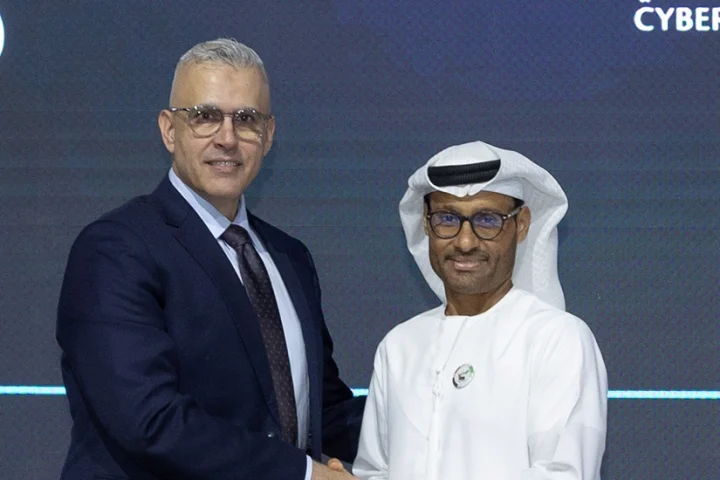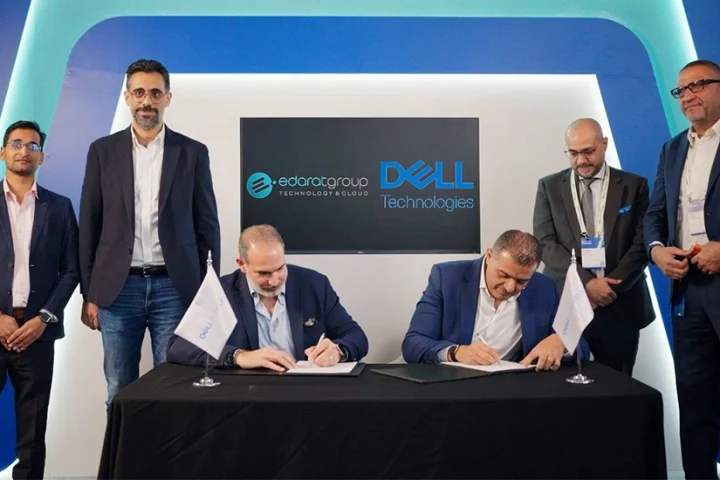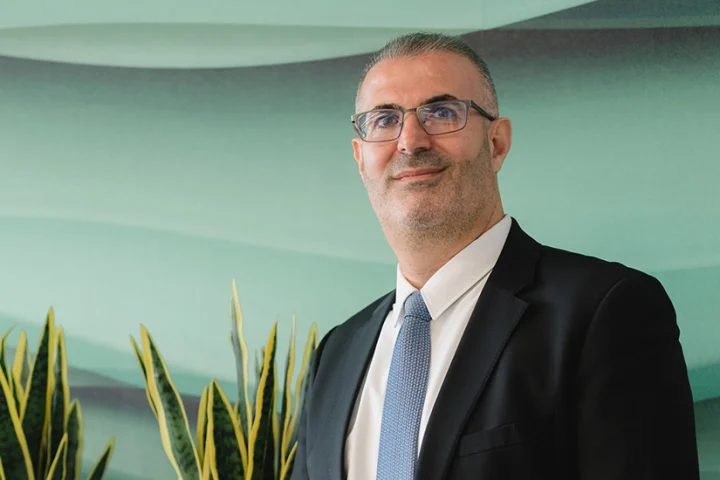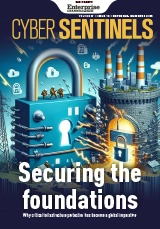If you stop trying you stop learning and evolving, this holds true for the visionary Group CIO-Head of IT, Webcor Group- Mr. SolaymanRefae, who has analyzed the African market closely. With so many opportunities waiting to be explored in the continent of Africa, Webcor Group is thriving with a forward looking approach, key IT implementations and a well-defined digital roadmap.
- Kindly provide us with a brief about your organization?
Webcor is a multi-national group of companies, with its primary business being food trade, wholesale/retail, and manufacturing. Webcor has numerous subsidiaries. Our global presence in Europe, the Middle East, Latin America and Southeast Asia combined with core operations in Africa has given us unparalleled experience in those markets.We supply market-leading brands through our network of companies, and over 110 points-of-sale
- Which technologies do you think will rule the floors in the coming years?
Companies are moving from ‘Doing Digital’ to ‘Being Digital’. Business is expecting more from IT than just supporting the back office. Due to gains through digitalization, we are seeing IT significantly influence the Strategic direction of the companies. Convergence of Artificial Intelligence, Quantum Computing, and Connectedness of technology to serve strategic direction and spur innovation: Secure Cloud, NextGen Mobility, CRM, Content Management Systems, Business Activity Monitoring, Data Analytics, IoT, Crowd Sourcing, Enterprise Identity Management and Security, especially in BYOD environments.
- The African markets seem quite promising when it comes to IT adoption and growth, what are the opportunities you see when it comes to IT in Africa?
Africa is a continent of around 1 billion people, where recent study discovered that only 300 million of that population are plugged in to the internet, mostly accessing social networks. Having been on the ground, I have been seeing and understanding those connected and not connected. I have been surprised to learn of their unexpected capabilities, limitations, and related habits. Lot of governments are doing great things for their people but many still don’t have G2B, G2B2C, B2B, or B2C. We need to understand the needs of those not connected, and solutions to be tailored to their needs.
- In your tenure at Webcor group, what are the major IT implementation projects taken up?
I have introduced the bi-modal approach, where we areplanning and building future strategic and transformational projects, while we continue with projects and IT support that meets the current business objectives, through existing and adequate IT. It has been a key priority for me to restructure and optimize the IT operation, and infuse a measurement and control processes through aProject Management Officewhich I have introduced last year. To mitigate the unstable and non-existentcommunications in some ofour African locations, we are building a creative and Innovative Microwave and VSAT communication network, to connect 80+ sitesacross Angola and Mozambique sites, to our group network.We are also creating new efficiencies through our enterprise-wide Intranet/social network and enterprisePOS/SCM systems, which runs across our wholesale operations in Angolaand operates in online and offline mode.Critical to any transformational success, we have enacted a Change Management Program, to support our IT Transformation programs,toensure user adoption of various initiatives.We have as well matured our systems through ERP in two different Manufacturing operations. While name brand ERPs can create a sense of security, we look deeper into actual usability / user adoption, required features, costs, and closely analyzing for often missed qualifications in our implementation partners.
- As we are all set to close 2016, In a nutshell can you please share some DOs and DONTs for 2017 for your regional colleagues?
DON’T: The CIO shouldn’t only focus on technology aspects yet, he should be a change agent, marketer, influencer, and leader in order to bridge the gap between where the organizations are today and where they need to be on the digital map.
DO: It is very critical for the CIO to focus on defining and deploying Process Standards, and close a widening IT skills gap in order to deliver on potential transformational projects.The CIO should mandate his IT Leaders to work with Business Leaders, to define and lead a Digital Transformation Strategy.
BY: SONAL LUNAWAT, SONAL@ACCENTINFOMEDIA.COM


